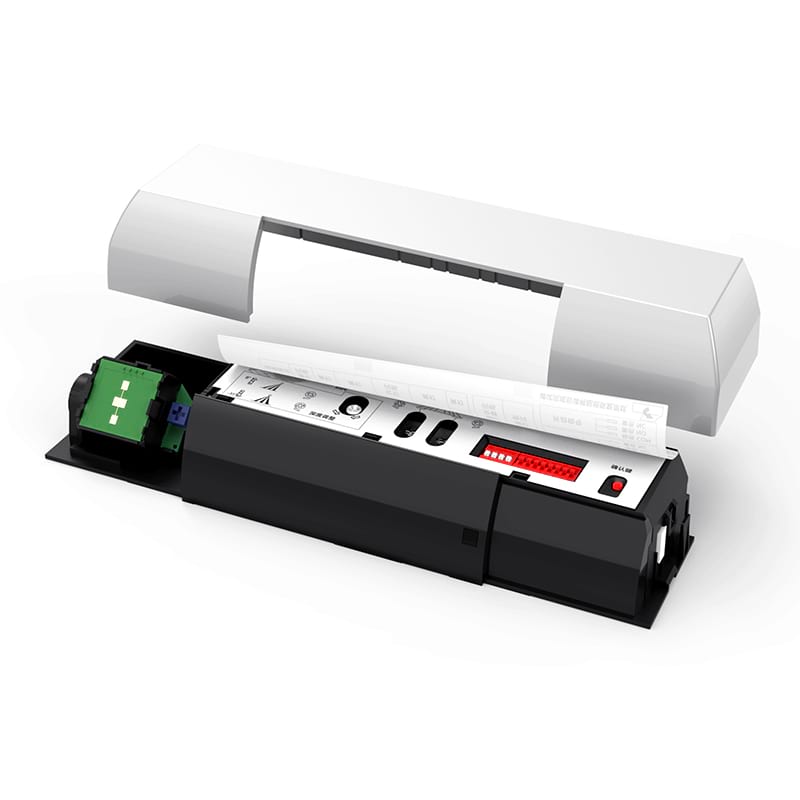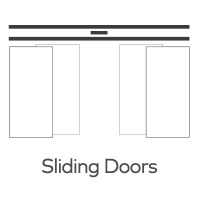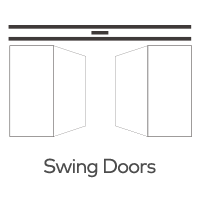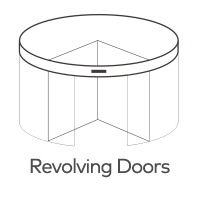How do you upgrade existing automatic doors with new safety sensors?
Upgrading existing automatic doors with new safety sensors is a crucial step to enhance safety, security, and compliance with modern standards. Whether you are aiming to improve functionality, comply with updated regulations, or simply enhance the user experience, the process requires careful planning and execution. Here's a step-by-step guide on how to upgrade your automatic doors with new safety sensors.

Step 1: Assess Current System and Requirements
Before upgrading, it's essential to understand the current system and identify your specific needs:
Evaluate Existing Hardware: Examine the current automatic door system, including the type of doors (sliding, swinging, revolving), existing sensors, control panels, and any integrated systems.
Identify Needs: Determine the reasons for the upgrade. Are you looking to enhance safety, improve accessibility, reduce maintenance, or comply with new regulations?
Consult Standards and Regulations: Review relevant safety standards and regulations (such as ANSI/BHMA standards in the U.S.) to ensure the upgraded system will be compliant.
Step 2: Choose the Right Safety Sensors
Select sensors that meet your requirements and are compatible with your existing door system:
Motion Detectors: For detecting movement near the door, ensuring it opens as someone approaches.
Presence Sensors: To detect the presence of a person or object in the door’s path, preventing it from closing on them.
Pressure Sensors: Ideal for environments where standing or stepping on a mat should keep the door open.
Wireless Sensors: Consider wireless options for easier installation and future flexibility.
Step 3: Plan the Upgrade
A detailed plan will streamline the installation process:
Map Sensor Locations: Identify optimal locations for each sensor to ensure maximum coverage and effectiveness.
Integration Points: Determine how the new sensors will integrate with the existing control system.
Timeline and Budget: Establish a timeline for the upgrade and allocate a budget, including costs for sensors, installation, and potential system downtime.
Step 4: Installation Preparation
Before installation, prepare the site and system:
Inform Building Occupants: Notify building occupants about the planned upgrade and any potential disruptions.
Power Down Systems: Safely power down the automatic door system to avoid electrical hazards during installation.
Gather Tools and Equipment: Ensure you have all necessary tools, sensors, and protective equipment.
Step 5: Install the New Sensors
Follow the manufacturer’s instructions and best practices for installation:
Remove Old Sensors: Carefully remove existing sensors if they are being replaced.
Mount New Sensors: Install new sensors in the predetermined locations. For wireless sensors, ensure they are within range of the control system.
Connect to Control System: Wire or pair the new sensors to the door’s control panel. Follow wiring diagrams and pairing instructions meticulously.
Test Sensors: Once installed, test each sensor to ensure it is correctly detecting motion, presence, or pressure and that the door responds appropriately.
Step 6: Configure and Calibrate
Fine-tune the system for optimal performance:
Adjust Sensitivity: Calibrate sensor sensitivity to avoid false triggers while ensuring reliable detection.
Set Timers: Configure any timing settings, such as how long the door remains open after activation.
Integrate with Other Systems: If applicable, integrate the new sensors with other building management systems (BMS) for centralized control and monitoring.
Step 7: Final Testing and Validation
Ensure the system operates correctly and safely:
Conduct Comprehensive Tests: Perform a series of tests under various conditions to validate sensor performance and door operation.
Safety Checks: Verify that all safety standards are met, and that the door system responds correctly to all sensors.
User Training: Train relevant personnel on the new system, including maintenance staff and security teams.
Step 8: Documentation and Maintenance
Document the upgrade and establish a maintenance plan:
Update Documentation: Record details of the new sensors, configurations, and any changes to the system.
Maintenance Schedule: Establish a regular maintenance schedule to check sensor function, clean components, and replace batteries if using wireless sensors.
Support and Troubleshooting: Keep contact information for sensor manufacturers or installers handy for support and troubleshooting.
Conclusion
Upgrading existing automatic doors with new safety sensors enhances safety, efficiency, and compliance. By carefully assessing needs, choosing the right sensors, and following a systematic installation process, you can ensure a smooth transition and improved functionality. Regular maintenance and monitoring will help keep the system operating at peak performance, providing reliable safety and security for building occupants.







